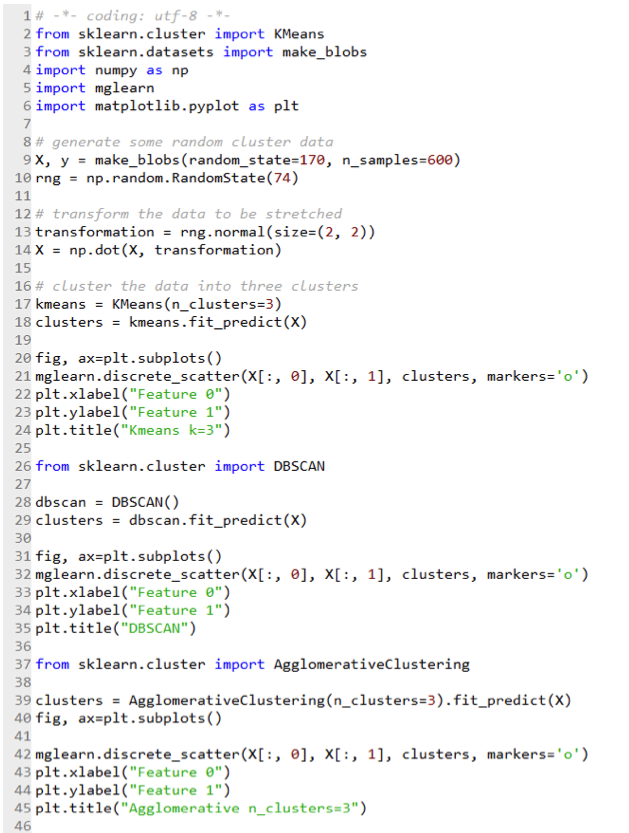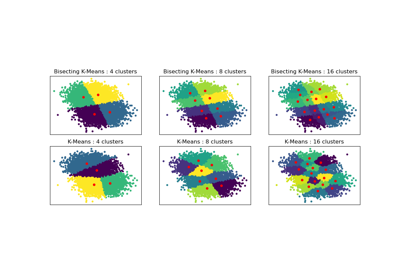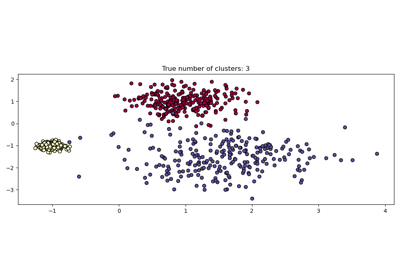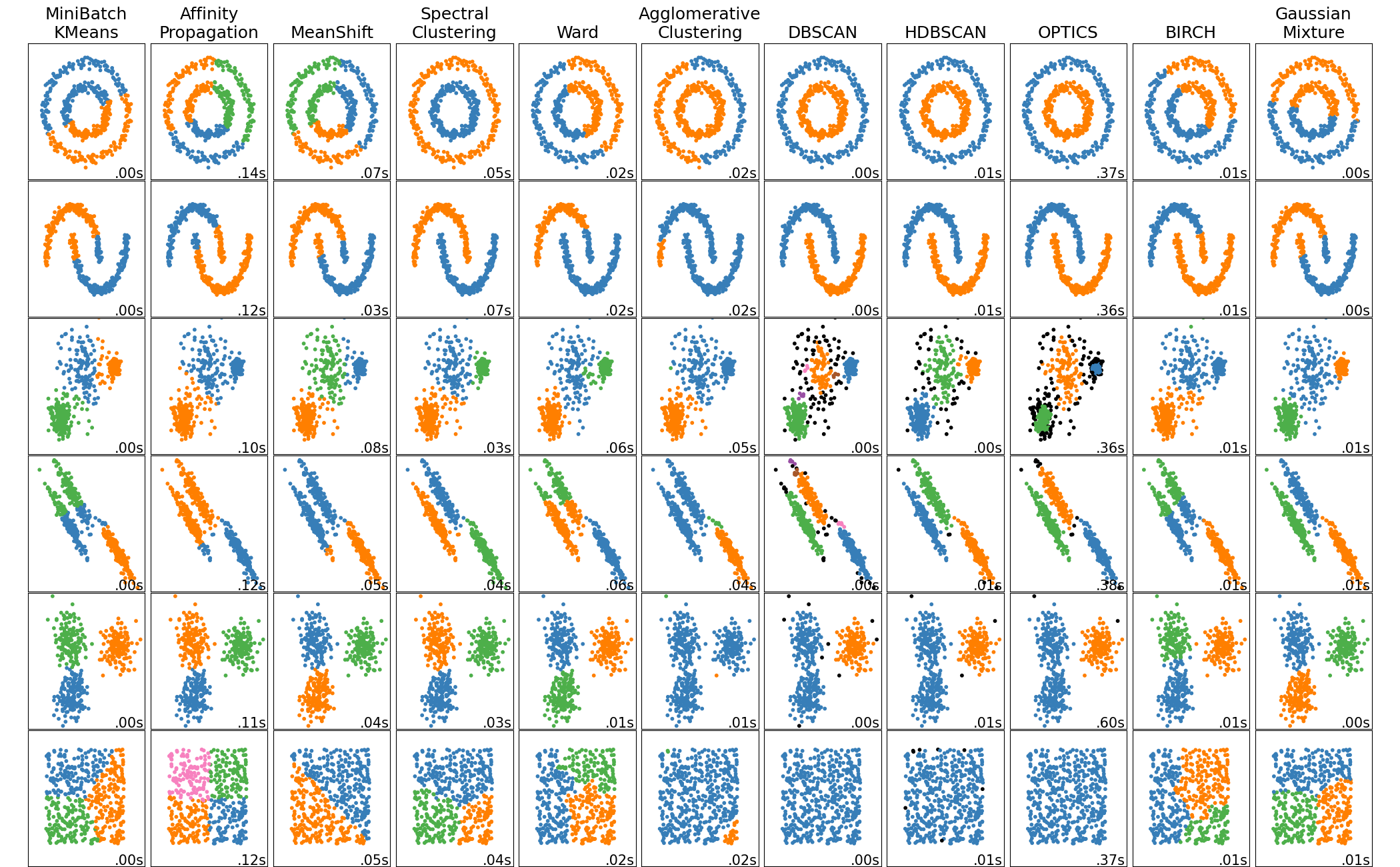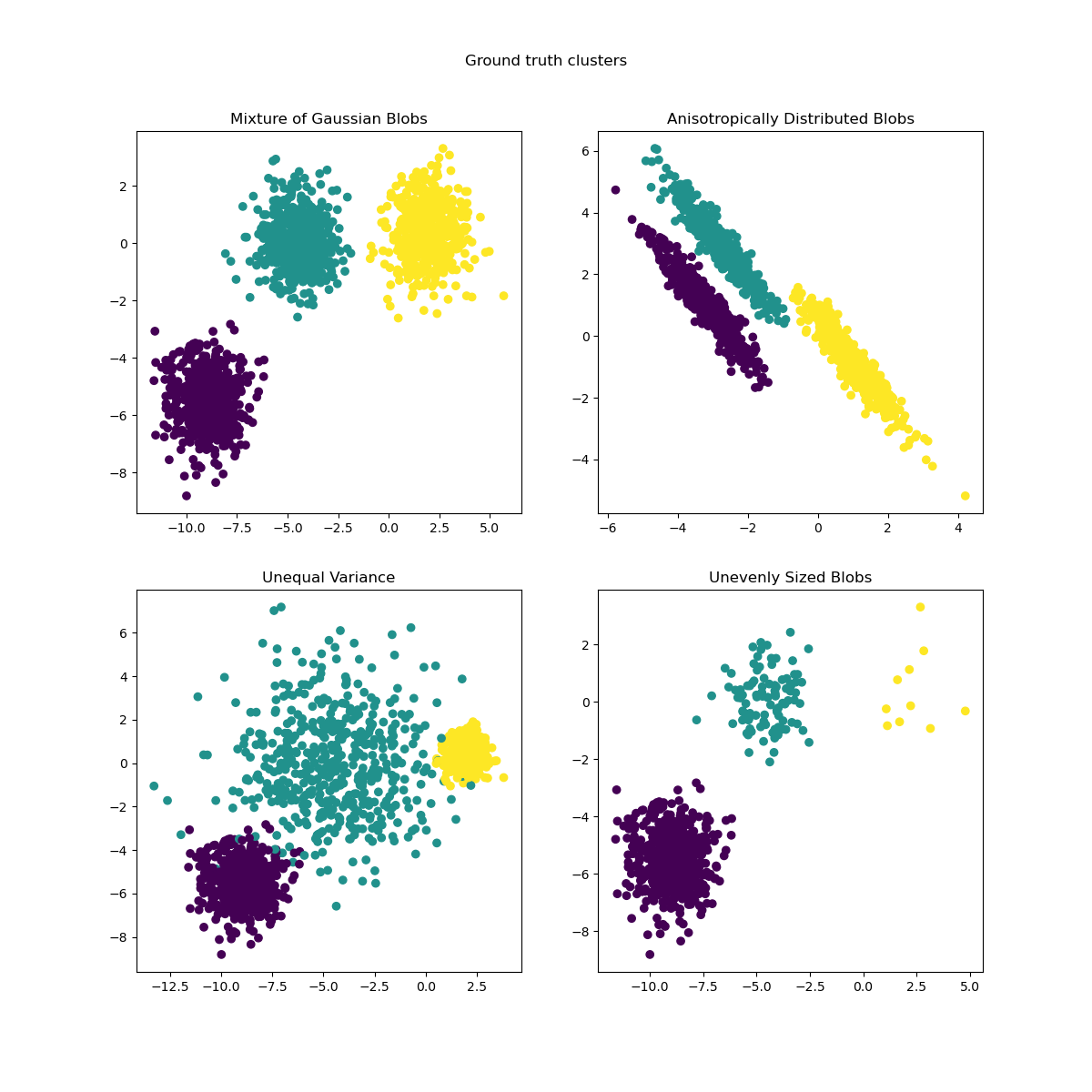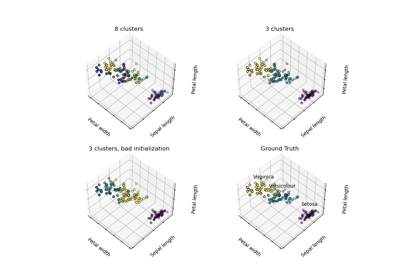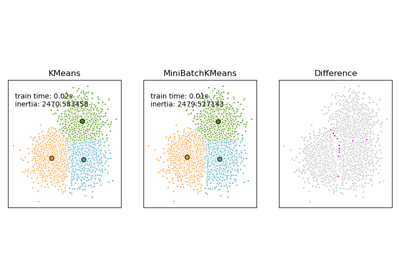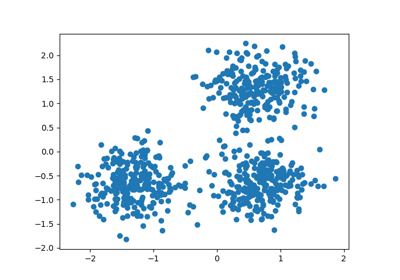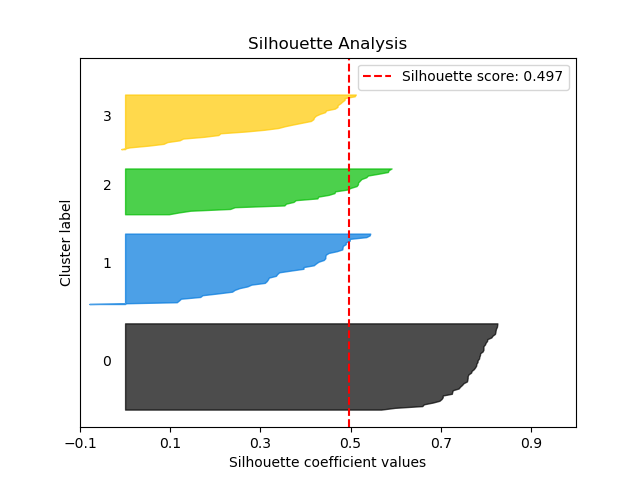
Input data for clustering 1. K-means algorithm using python and sklearn... | Download Scientific Diagram

A comprehensive Guide to Scikit-learn Part 1: Overview of the Package | by Muhammet Bektaş | Bootrain Blog | Medium
add predict and fit_predict to more clustering algorithms · Issue #901 · scikit-learn/scikit-learn · GitHub

